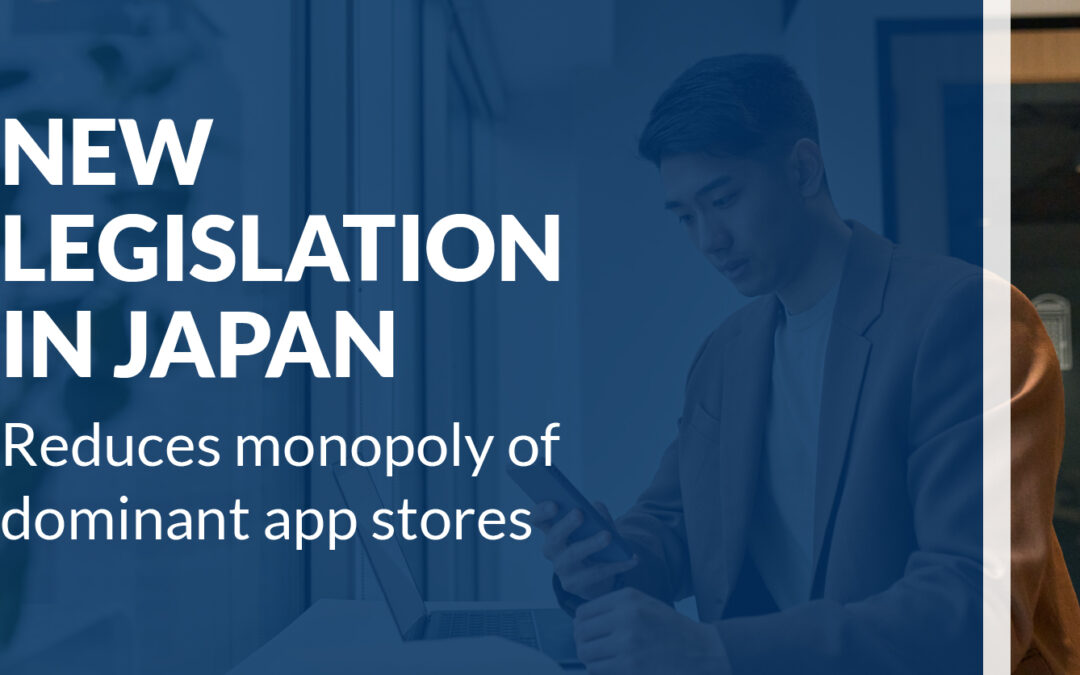Basic Procedure
Andean Decision 486, which is the governing IP law in Colombia and the rest of the Andean Community (Ecuador, Peru and Bolivia), allows third parties to file pre-issuance oppositions.[1]
Oppositions may be filed by interested third parties within 60 days of the application’s publication. A 60 day extension is available to provide supporting arguments and evidence. Subsequently, the applicant has 60 days to optionally file a reply to the opposition, with a 60 day extension also available. After this, the application enters the examination phase, where the Examiner takes into account the opposition and any counterarguments/limitations made by the applicant. One or more office actions may issue where the applicant has the opportunity to file arguments, present evidence and limit claims in an attempt to obtain protection over all or part of the originally claimed matter. Finally, the Patent Office issues a first instance decision granting all, some or none of the pending claims. It is important to note that there is no separate, independent opposition procedure that needs to be resolved before a final decision can be taken on the application. The opponent’s arguments and evidence are simply weighed during the examination phase.
Decision 486 establishes that parties filing vexatious oppositions may be punished under local law. Colombian civil procedure law provides sanctions against vexatious and dilatory tactics.
Once a first instance decision is taken by the Patent Office, the opponent may file a reconsideration action, although this is not necessary to exhaust all administrative remedies. A reconsideration action will suspend the validity of a granted patent until it is resolved by the Patent Office.
Opposition Practice
Oppositions have become more commonplace during the last three years in the pharmaceutical sector. Because of the great deference provided to the presumption of validity (it is extremely difficult to suspend the effects of a patent during an invalidity action), generic companies have felt the need to file oppositions in order to make their invalidity arguments before grant. Although this increased prosecution activity is initially perceived to be burdensome (and irritating when the oppositions are clearly dilatory and vexatious in nature), it also means that a grant resulting from this more robust and challenged prosecution is more solid.
Especially popular opposition targets are applications claiming improvements such as novel salts, solvates, polymorphs, isomers, formulations and processes.
As noted above, an applicant need not reply to an opposition and simply allow the Examiner to issue an office action, at which time the opponent’s arguments and evidence may be incorporated into the examination. However, at best, this strategy is only worth exploring when the applicant is under a tight budget and the prior art cited by the opponent has already been referenced in a counterpart examination (e.g. the IPER). Otherwise, it is always worth at least making counterarguments and getting in one’s side of the story. Also, a failure to reply may be taken by the Examiner as a lack of interest in prosecuting the case.
The evidence that may be submitted during an opposition is generally limited to documents and affidavits. Although not expressly prohibited, Patent Office practice does not allow for oral testimony or documentary requests.






